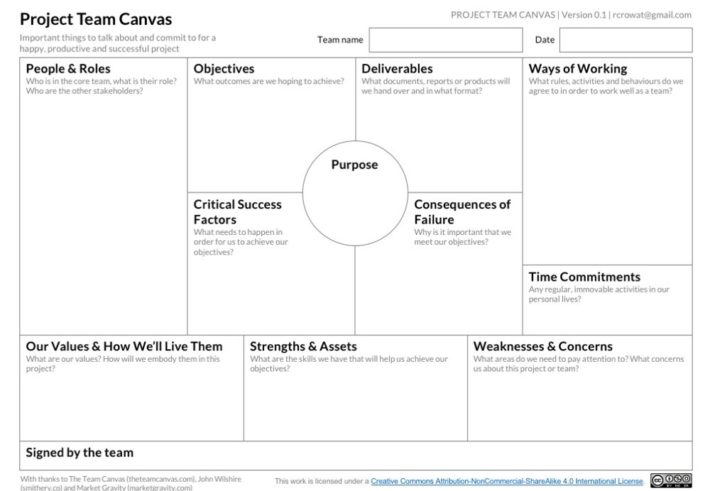

Now whenever I look at my canvas and think about Customer Relationships I’m going to be thinking about it as a feedback loop to the Value Proposition. So I want to make sure that my business model constantly emphasizes getting feedback from the Customer to my Value Proposition. It’s been replaced with Unfair Advantage.)īut from my perspective, Customer support is customer development. (Note: Ash Maurya’s version of the canvas considers Customer Relationship / Support so unimportant and/or obvious that it doesn’t even get a box anymore. (I dare you to try and get a Googler on the phone to help you with you gmail account.) So the Canvas supports that view of the world. The Customer Relationship is BackwardsĪs suggested by Osterwalder, it’s true that your customer relationship might be community based and very hands off like Google. So where’s the Build Measure Learn loop in this picture? Eric Ries also emphasizes the Build-Measure-Learn loop as a means of getting feedback from real user behavior and improving on our Value Proposition. In the early stages of product development, Steve Blank tells us to get out of the building and talk to customers. …but Customer Support is a value that the Customer delivers to us.the company. This makes sense if you consider Customer Support as a value you deliver to the Customer.

Strangely, we also have Customer Relationships being delivered by a similar arrow to the Customer. Here we have the Value Proposition (product) delivered via Channels to the Customers. Now let’s zoom in on the top left quadrant… Product / Market Fit
UX PROJECT CANVAS HOW TO
Now when filling this out I’m going to start (as Osterwalder does) with Customer (“Who am I trying to help?”) and work my way towards the Value Proposition (“What does the customer want?”) Only then will I figure out how to produce that value. This is an easy change, but this will irritate those of you very comfortable with the current BMC: I’m trying to think out what I need to produce my Value Proposition. …but I don’t really came about chronology here. Key Resources) and then transform them via your manufacturing process (a.k.a Key Activities) into a product (a.k.a Value Proposition) which is then delivered via Channels to the Customers. You negotiate with your your suppliers (a.k.a Key Partners) to purchase raw materials (a.k.a. The Business Model Canvas is organized chronologically because it’s made by business people, for business people, and it’s based on a supply chain. You’re reading this sentence left to right, the canvas is the same.

Customer Comes Firstįirst nitpick, the customer should be the focus of the canvas. So I’m going to tweak this for my own purposes.
UX PROJECT CANVAS MANUAL
Osterwalder does a great job of explaining things step by step in his book Business Model Generation and sure enough…he starts with the Customer, not Key Partners.īut I hate reading the f***ing manual and Steve Krug says “ Don’t Make Me Think“. Of course these questions are a bit unfair and nit picky.


 0 kommentar(er)
0 kommentar(er)
